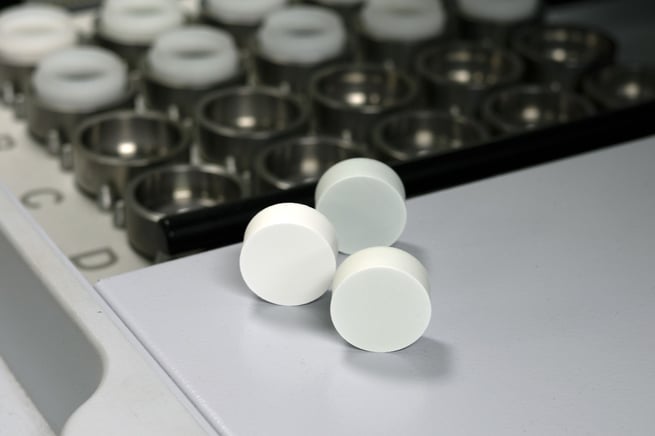
Why You Need RoHS Polyvinyl Chloride Calibration Standards
Is Polyvinyl Chloride Dangerous?
Their consequences on human health and the environment warrant strict regulations. The significance of these restrictions protects consumers from the health hazards these compounds pose. Contaminated plastics can end up in the general public in the form of toys, plastic bottles, and food packaging.
Government Regulations on Plastics
The need for RoHS (Restriction of Hazardous Substances) standards originated from the EU, which pioneered the legislation for the Restriction of Hazardous Substances directive. Global regulations from different countries have developed their own guidelines for the percentage of these elements allowed in their manufactured products.
Restricted Elements
These compounds are polybrominated biphenyls, polybrominated biphenyl ethers, hexavalent chromium, mercury, and lead. Some of these elements have functional uses such as the usage of polybrominated biphenyls as a flame-retardant additive.
Test Your Plastic Compounds
Our certified reference material standards give manufacturers a way to accurately and reliably measure the concentrations of restricted elements. For plastics, PVC and PE producers must ensure their raw materials are below the threshold set forth by their respective country. To verify that plastics are below the thresholds set forth by regulating agencies, manufacturers should use a trusted source of CRM standards to calibrate their instruments and test their products.
ASTM F2617-15 provides the method to test plastic compounds using EDXRF. Both our PE and PVC sets adhere to this testing method. Our randomized concentrations allow the user to account for spectral interferences between Br, Hg, and Pb, depending on the EDXRF resolution. The PE and PVC are not interchangeable for calibration due to interelement effects. The high percentage of chlorine in PVC reduces the sensitivity of the analytes.
Using our standards, manufacturers can correct interelement effects directly without the need to use fundamental parameters or indirect methods of calibration.
Talk to Our Team If You Need a Custom Standard
We offer a variety of customizable standards and are always adapting to the market’s needs. For further information, or if you have questions about this product, please reach out to our sales and product development team.
Our team at ASI Standards is excited to announce the addition of our PVC calibration standards to our product offerings. The concentrations mirror our current polyethylene calibration standards, which include Br, Cd, Cr, Hg, and Pb.

